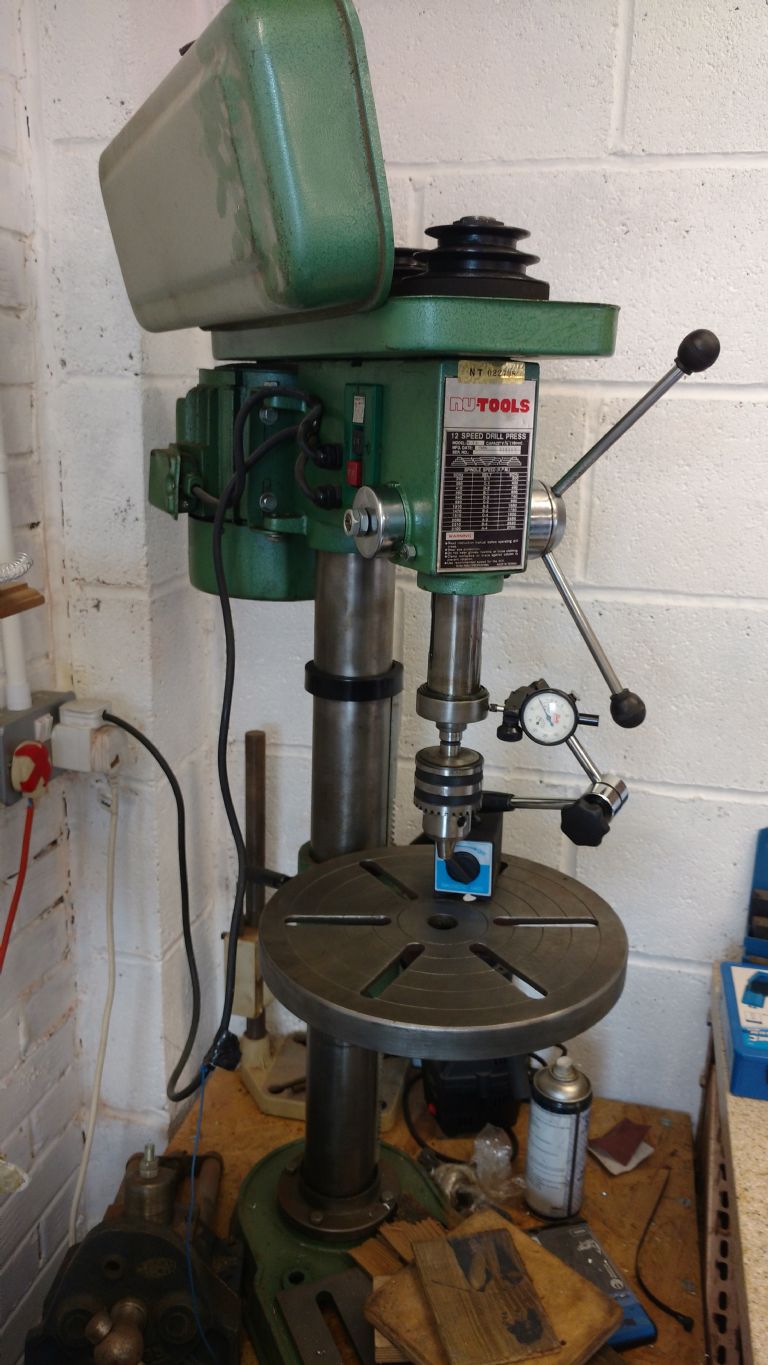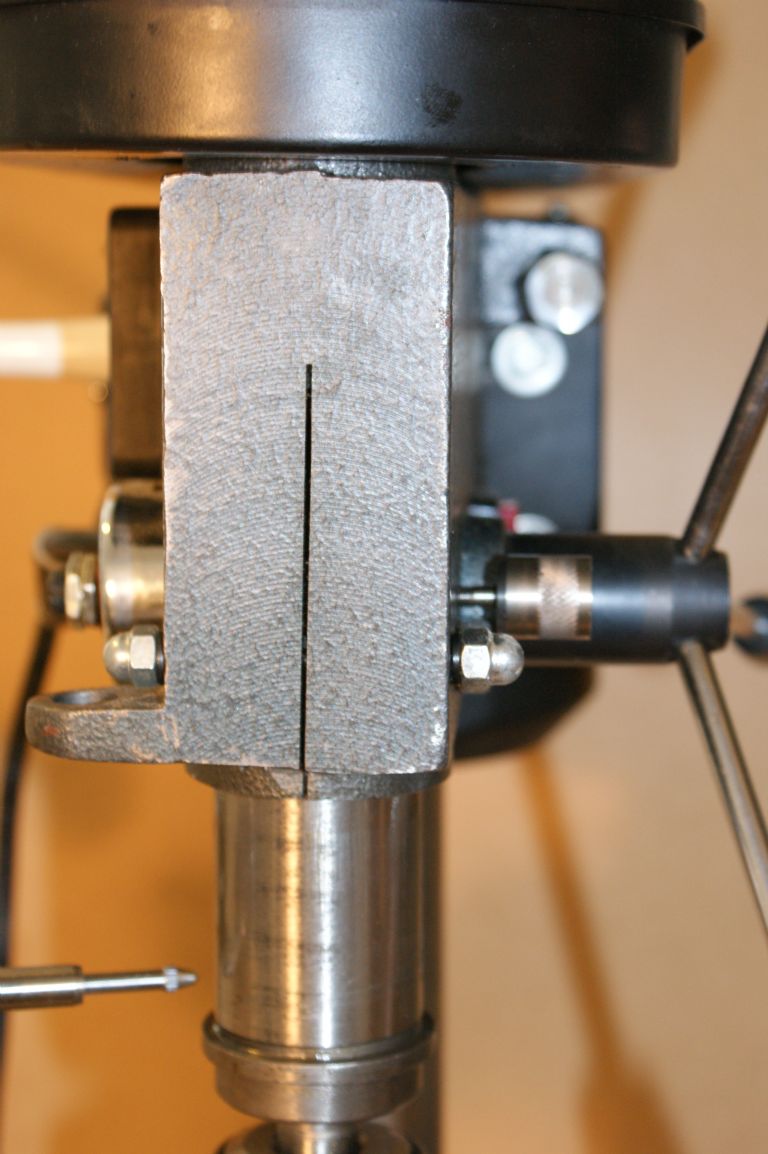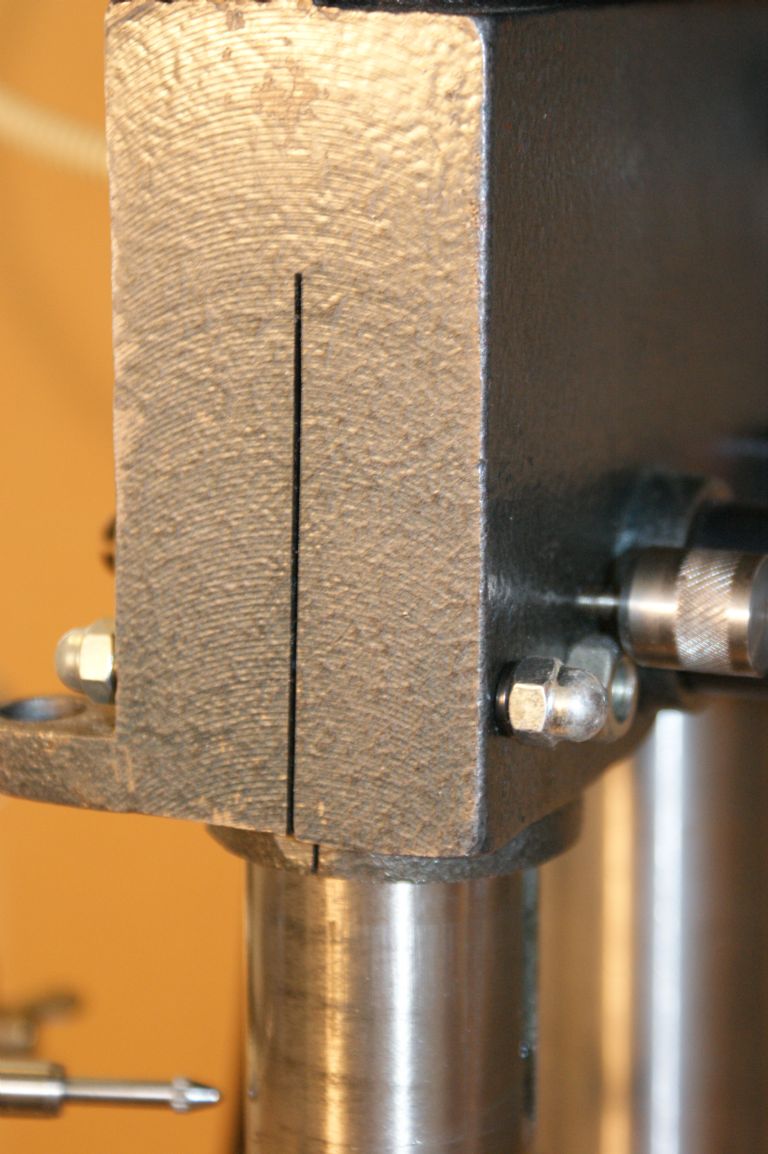Can my pillar drill be improved
Can my pillar drill be improved
- This topic has 48 replies, 23 voices, and was last updated 11 July 2022 at 00:46 by
Hopper.
- Please log in to reply to this topic. Registering is free and easy using the links on the menu at the top of this page.
Latest Replies
Viewing 25 topics - 1 through 25 (of 25 total)
-
- Topic
- Voices
- Last Post
Viewing 25 topics - 1 through 25 (of 25 total)
Latest Issue
Newsletter Sign-up
Latest Replies
- Herbert B Drill Pulley and Lubrication
- Using Old Bits and Pieces
- Reference lines for dimensions – Fusion 360
- Dickson Tooling Offer
- Crank pin re fixing
- Drummond pre-B type bearings. Renewal time.
- Lead acid battery fettling
- Sigmund Fischer : Electric Clock
- NU tool milling machine
- An Interesting Procedure








